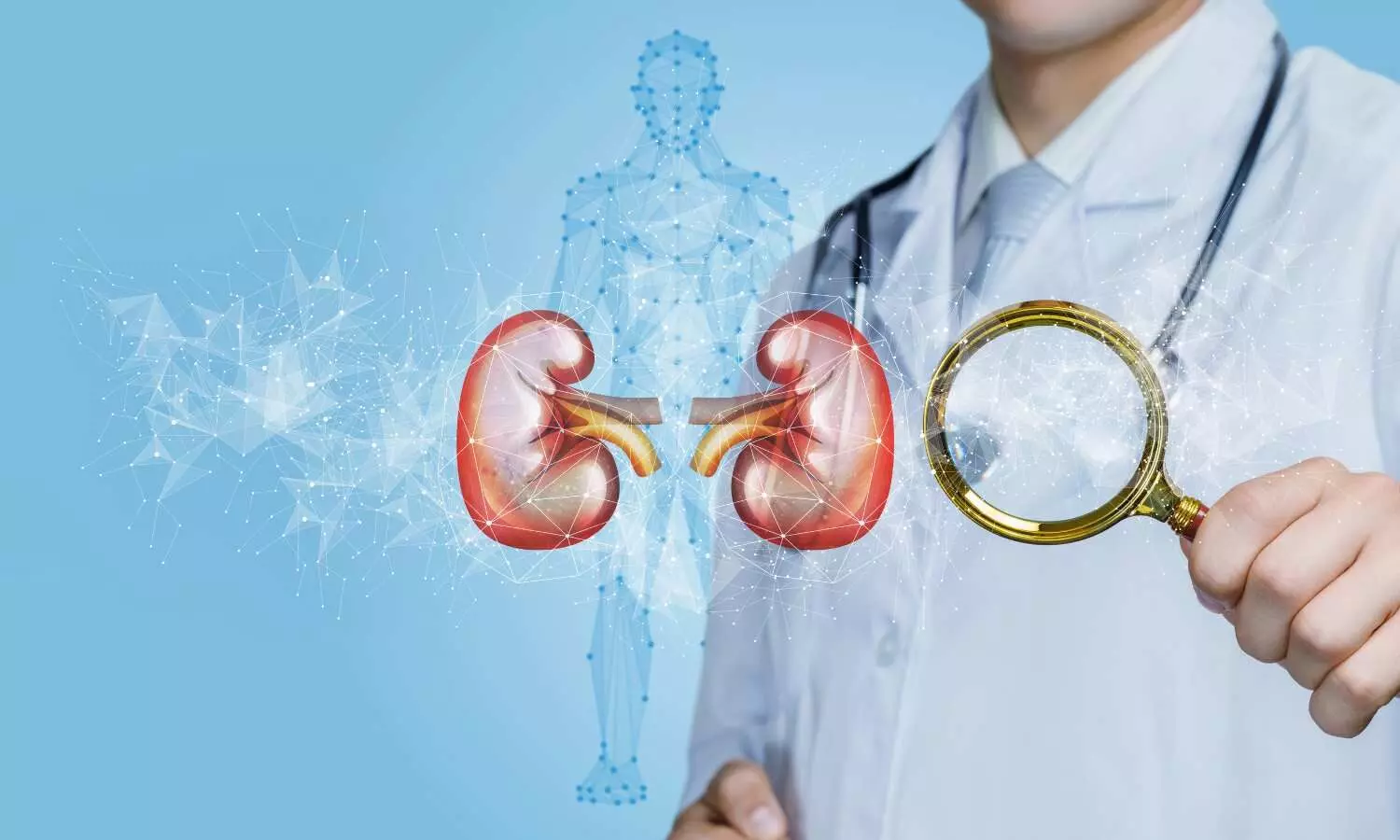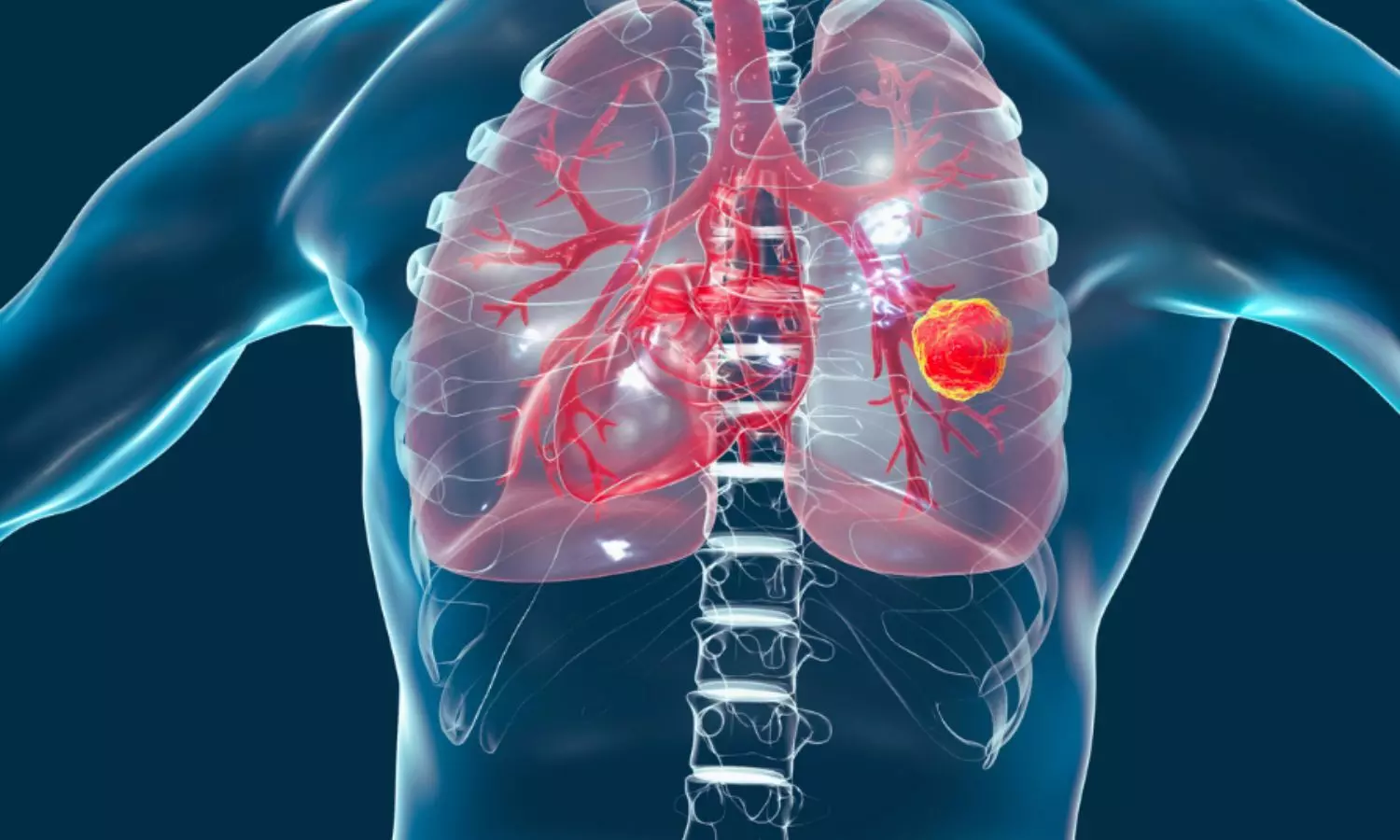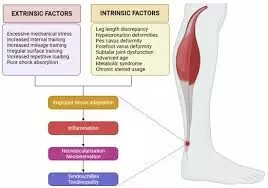Cholecalciferol prevents low BMD in erythropoietic protoporphyria patients, reports research
A new study published in The Journal of Clinical Endocrinology & Metabolism showed that low bone mineral density (BMD) is more common in patients with erythropoietic protoporphyria (EPP) than in the general healthy population, however, BMD increases with cholecalciferol administration.
A rare hereditary metabolic condition of heme production is erythropoietic protoporphyria, which causes severe phototoxic responses that begin in childhood and last a lifetime. In order to prevent these responses, the patients wear sunblock and avoid the sun. Vitamin D insufficiency which is a known risk factor for early-onset osteoporosis, is increased by the EPP population’s lack of sun exposure.
Since 2016, adult patients with EPP have been treated with afamelanotide, a strong synthetic analogue of α-melanocyte-stimulating hormone (α-MSH) that agonistically binds to the melanocortin-1 receptor (MC1R) to boost eumelanin synthesis. Furthermore, the effectiveness of cholecalciferol supplementation in raising BMD in the general population is still up for debate.
According to earlier research, the individuals with EPP had a significant frequency of osteoporosis. Thus, to determine the individuals at risk for low bone mineral density (BMD) and which factors (cholecalciferol and afamelanotide medication) increase BMD in EPP, Louisa Kluijver and colleagues carried out this study. This single-center, longitudinal, ambispective cohort study was conducted between 2012 and 2023, and 2-time surveys and patient data from adult EPP patients who had at least one dual-energy x-ray absorptiometry (DXA) scan were utilized.
The key findings of this study suggest that EPP patients have poor BMD with a Z-score below 0 SD at baseline in 82.7% of the 139 patients. Of those with low BMD, 39.5% had osteopenia and 15.3% had osteoporosis. In 34.2% of patients, there were 50 fractures linked to osteoporosis. Also, BMD was not improved by afamelanotide.
Poor body mass index, aging, and chronic vitamin D insufficiency all raised the risk of poor BMD. The patients who had the best chance of changing their BMD were the patients who were vitamin D deficient and did not have cholecalciferol at baseline. Overall, the results demonstrate the high incidence of osteoporosis and fractures in EPP at a very early age, highlighting the need of appropriately treating vitamin D insufficiency for the prevention of osteoporosis and the improvement of bone mineral density.
Reference:
Kluijver, L. G., Wagenmakers, M. A. E. M., Wilson, J. H. P., & Langendonk, J. G. (2024). The impact of minimal sunlight exposure on bone health: Insights from a cohort study in erythropoietic protoporphyria. The Journal of Clinical Endocrinology and Metabolism. https://doi.org/10.1210/clinem/dgae729
Powered by WPeMatico









